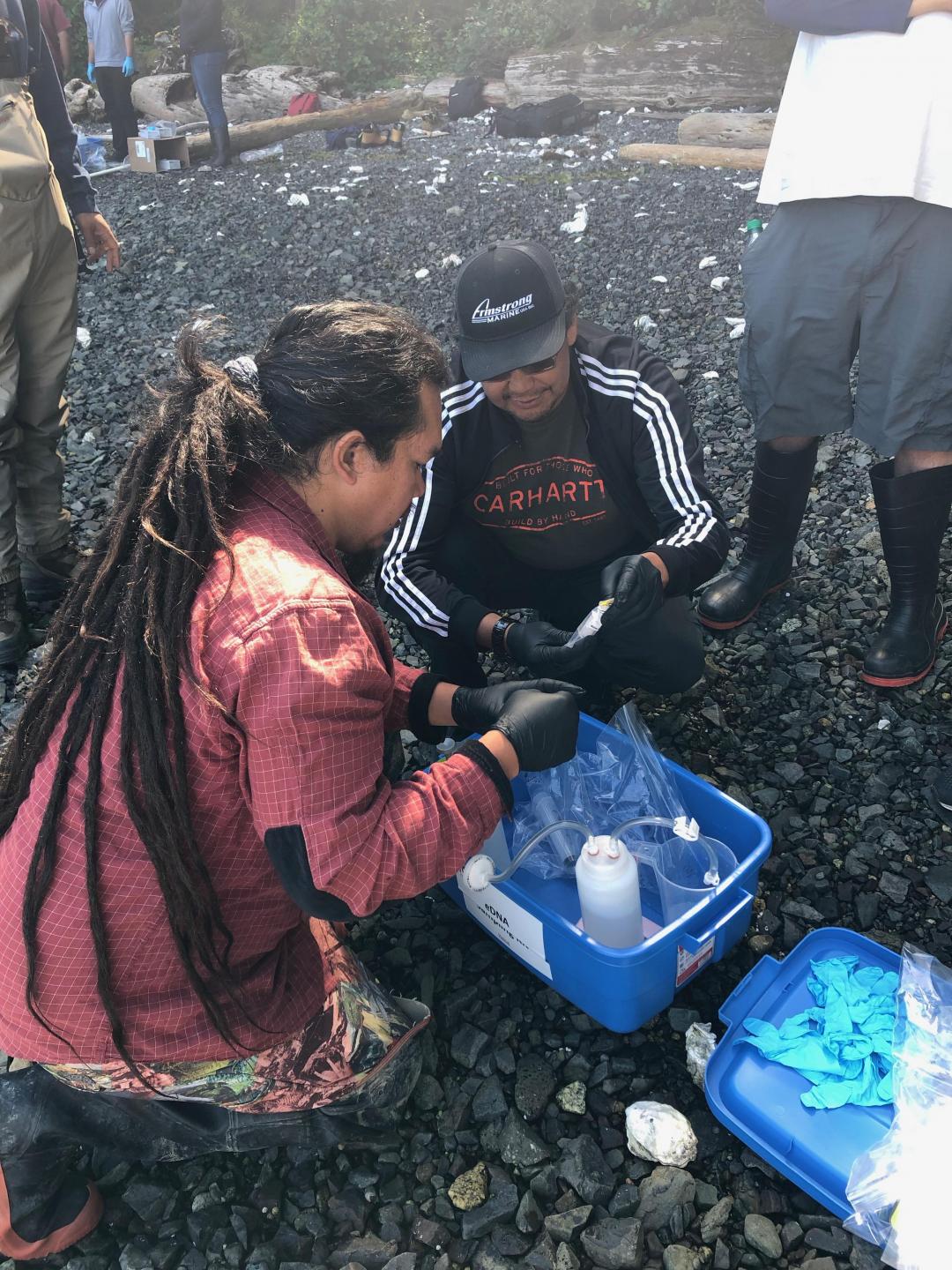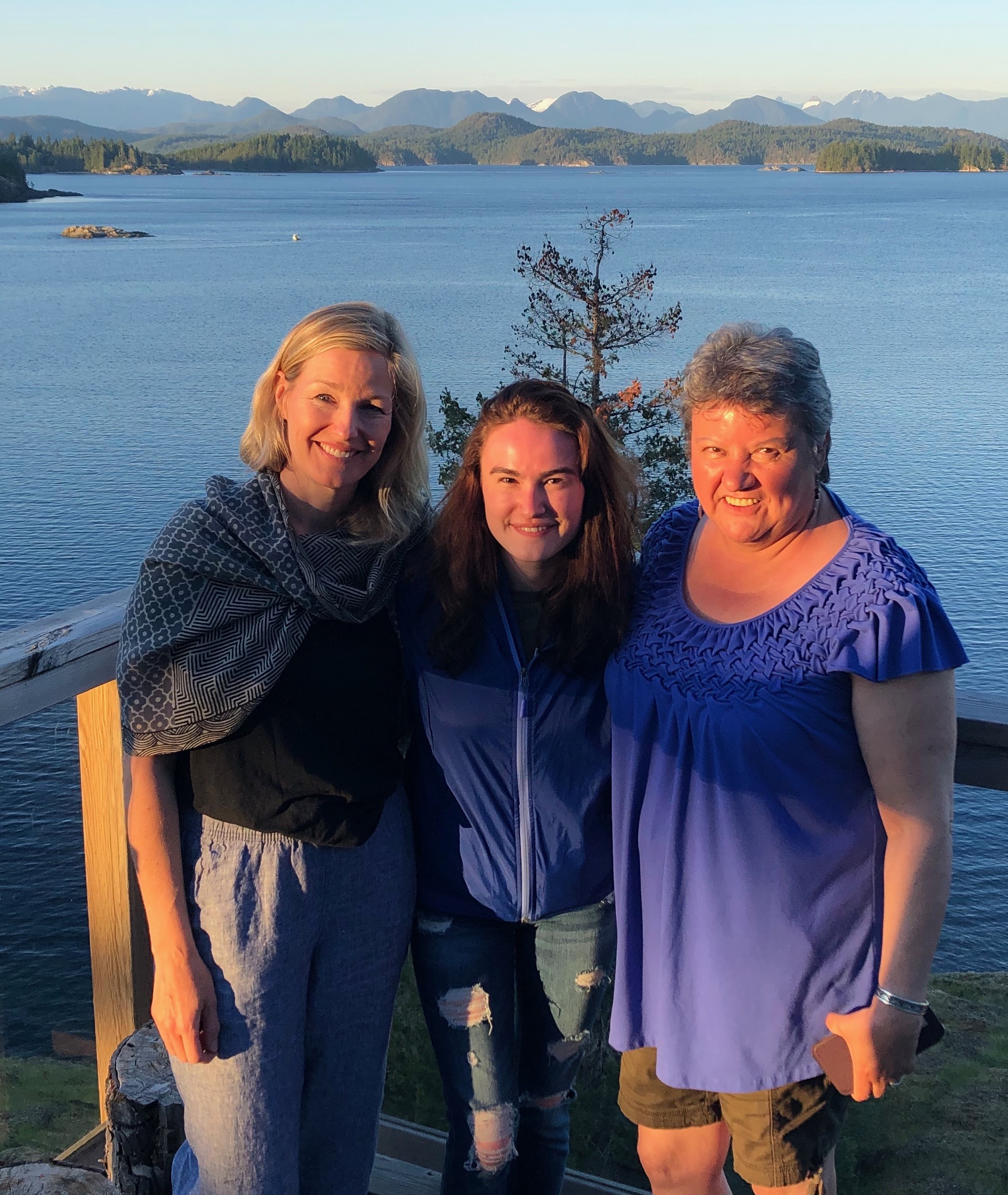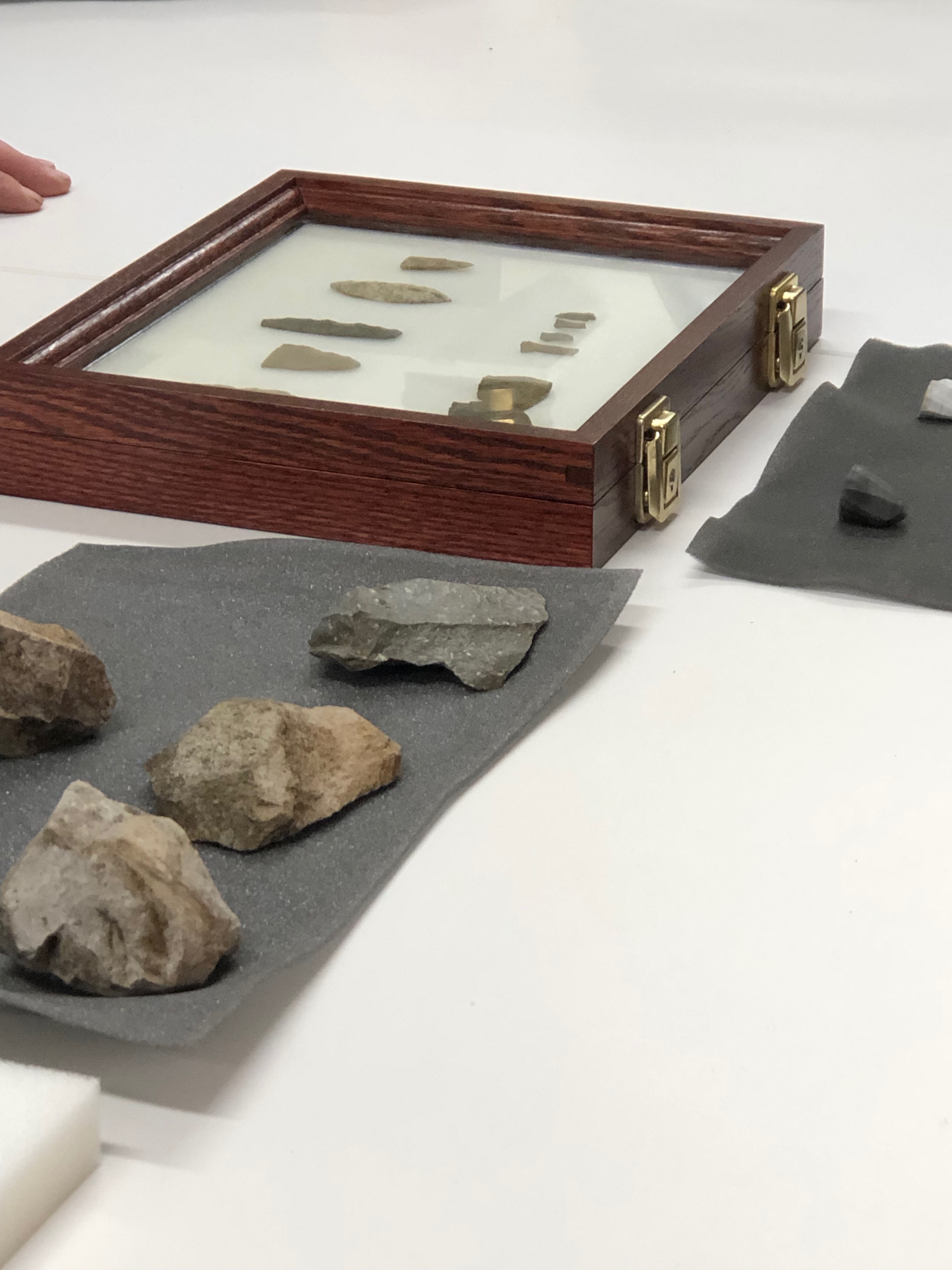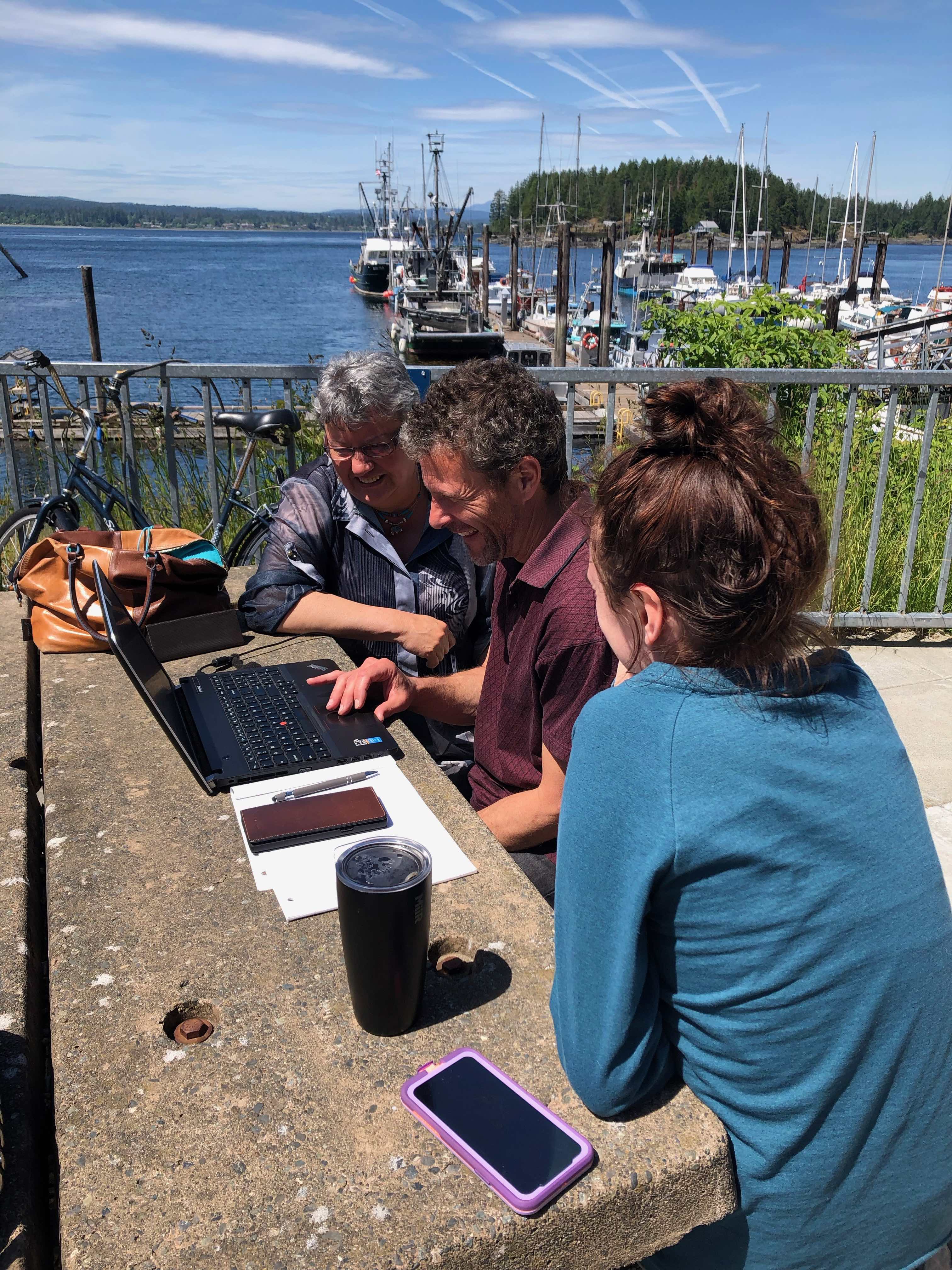How Nations Can Work Together and Still Maintain Autonomy: North Slave Métis Alliance Learns from the Ha-may-as Stewardship Network

Author: Melissa MacLellan
“It was really helpful for us to hear that Nations are working to accomplish a common goal of watching the land and water, but that each Nation has a different role for their Guardians and may do things differently in their particular territory. A Network can facilitate support and learning between Nations working together, while also maintaining the independent local variations and autonomy of each participating Nation.”
Melissa MacLellan, North Slave Métis Alliance

Melissa MacLellan, from the North Slave Métis Alliance (NSMA) in the Northwest Territories and Joanne Barnaby a Traditional Knowledge Specialist based in Hay River, NWT travelled to Quadra Island on northern Vancouver Island this spring. They were there to attend the annual gathering of the Ha-may-as Stewardship Network (HSN) and spend time with Nanwakolas Guardians and staff from the Network. The NSMA is one of seven Indigenous organizations in the Northwest Territories (NWT) who are working together on the Bathurst Caribou Guardianship Initiative. Melissa and Joanne attended the gathering to learn about the strengths, challenges and opportunities of Nations working together as a network. They were joined by Indigenous Knowledge Research and Outreach Specialist Natasha Thorpe who works alongside Joanne to advance community-based monitoring networks in the North. Melissa, a Junior Environmental Technician with NSMA, sat down to reflect on her experience:
What did you learn from attending the Ha-may-as Stewardship Network Annual Gathering?
We had an opportunity to have many discussions that were really informative and valuable to the North Slave Métis Alliance. It was really helpful for us to hear that Nations are working together to accomplish a common goal of watching the land and water, but that each Nation has a different role for their Guardians and will do things differently in their particular territory. For example, during the gathering, the group spent a day learning how to survey kelp. Some Nations, like Wei Wai Kum First Nation, are ready to learn how to do this so they can start applying it to their Guardian work right away, while others, like the Mamalilikulla First Nation, already survey kelp regularly. For the Da'naxda'xw Awaetlala First Nation, there is no kelp within their region, but they will apply skills in other ways.
I can see this kind of broad training for several Nations being very helpful for our region too. We always have capacity issues, so if Guardians are able to come from one Nation and help out with fieldwork for another Nation, I believe this would lead to stronger connections between Nations and the land. There were many moments like this where I realized “we could be doing this too!”.
Were there differences between the work of NSMA and the HSN?
The Ha-may-as Guardians have a more science-based focus to their programs, which is awesome, but I know that in the North, our program will have a more traditional knowledge-based focus. In the NWT, whether it's a territory-wide program or a Bathurst herd specific program, our programs will have a different look and feel. In the North, we explain things through storytelling and I know that we will have to implement storytelling into our processes. Storytelling is a slower process than sharing information through PowerPoints but it is the way our people pass down the teachings to younger generations and the best way to talk to Elders. I can only see excellent things coming from implementing storytelling into our Guardians programs and gatherings in the north. We will have Elders more involved in the process and have our language intertwined in what we do.
What were highlights that stood out for you?
The most precious moments were side chats that we had with the guardians sharing their personal stories from participating in training programs, working as a guardian and what it’s like being an indigenous person in modern society. These talks were very valuable to our process of creating programs because we want to make sure we accommodate our own people’s reality as much as possible. Learning from success stories is the best way to do that. Some of the challenges we will consider are things like how hard it is for Guardians to take time off work and leave their families. This was good for us to think about because we can be prepared to have extra support for guardians during training. We were inspired by the collaboration, respect, innovation and commitment demonstrated by the Ha-may-as Guardians in their work.

Do you have any last reflections you’d like to share?
We learned on this visit that you need a rockstar team behind the scenes to make programs work well, especially with different Nations involved. Scott Harris from the Nanwakolas Council shared what he does to support Nations and how the stewardship network came to be. (In true island fashion half of the presentation had to be outside while waiting for our ferry back to the main island). We have learned how, through a network, we can create, launch and implement Guardian programs with different Nations involved that are strengthened and more effective by working together.

Melissa, Joanne and Natasha are grateful to Nature United, Government of the Northwest Territories and the Ha-may-as Stewardship Network for making this invaluable learning and sharing opportunity happen for the Bathurst Caribou Guardianship Initiative. They hope to reciprocate by having Ha-may-as Guardians visit the NWT one day.